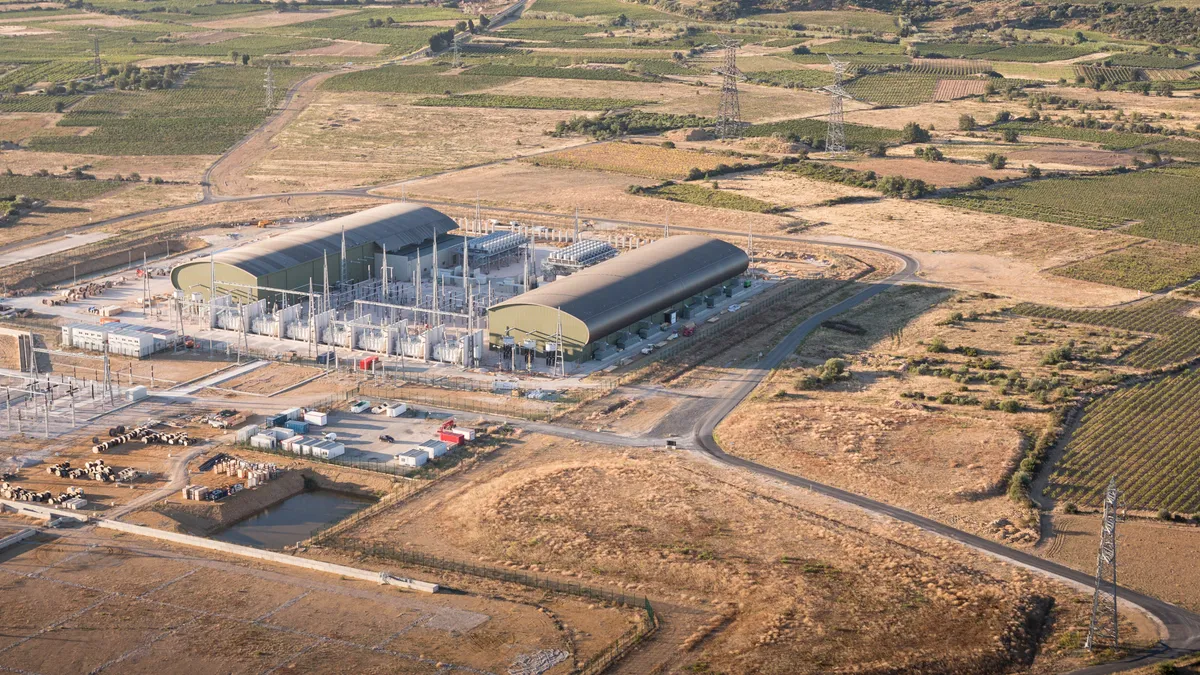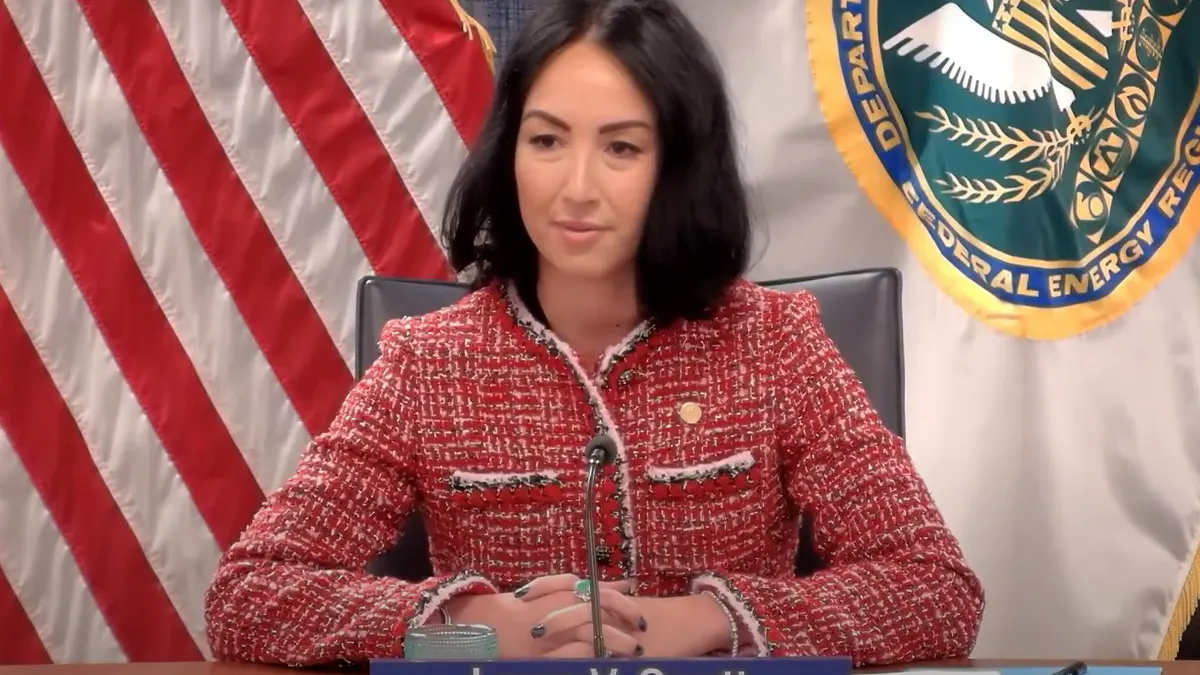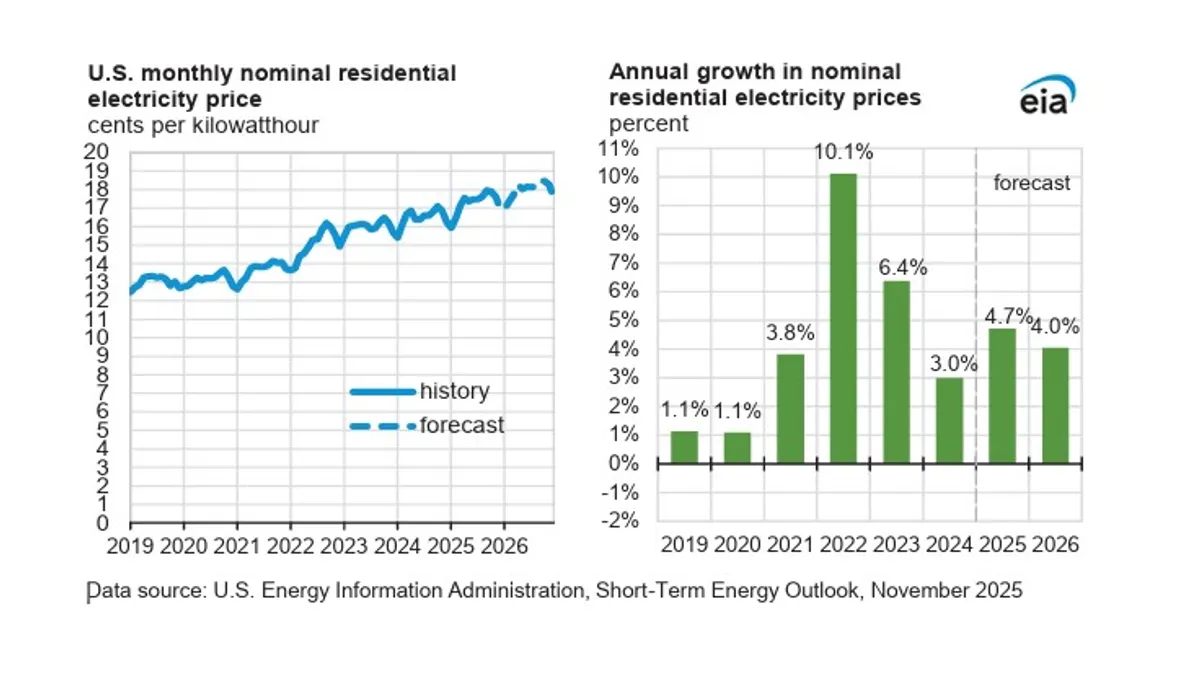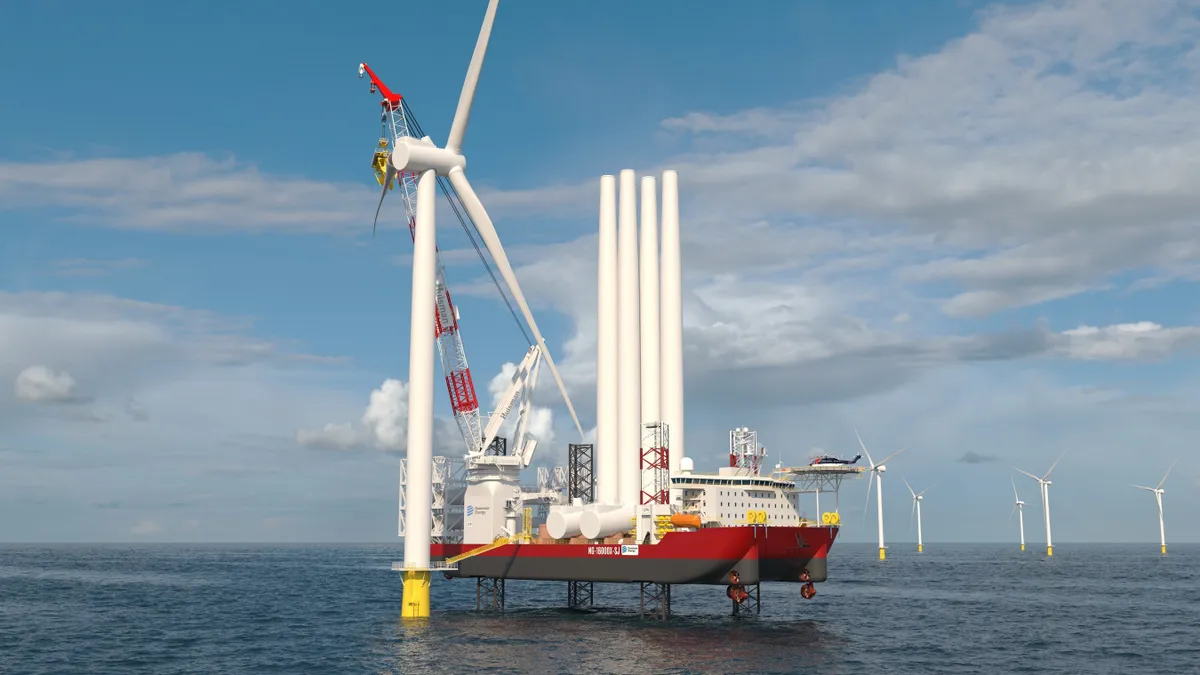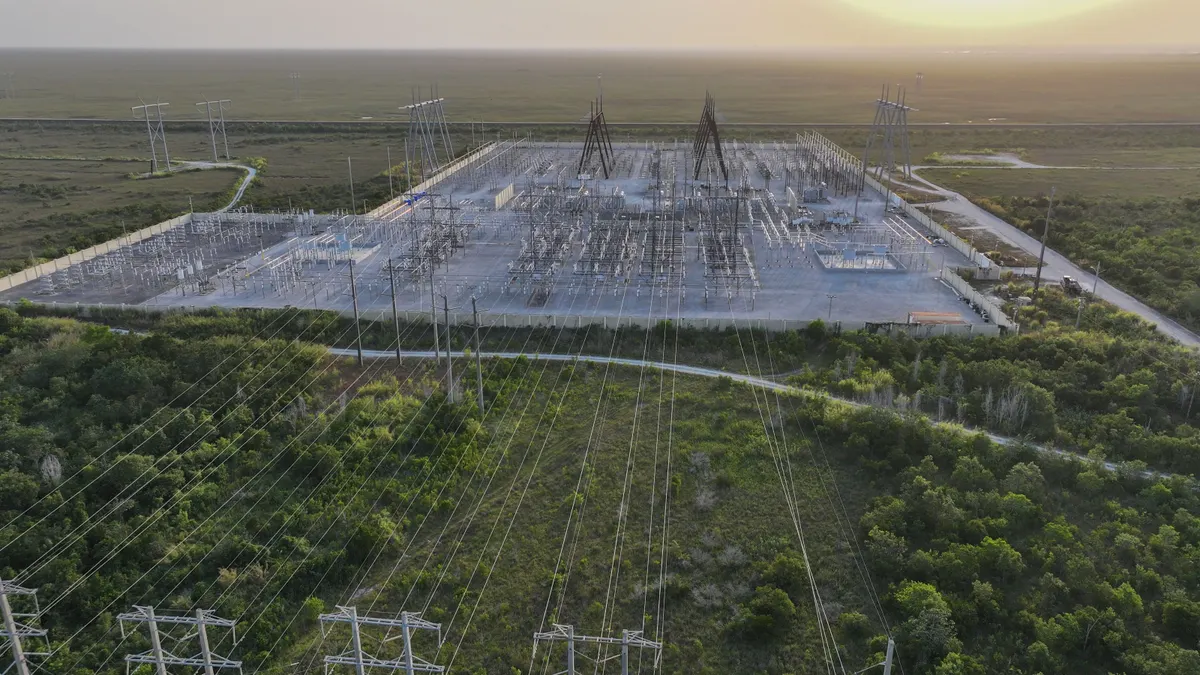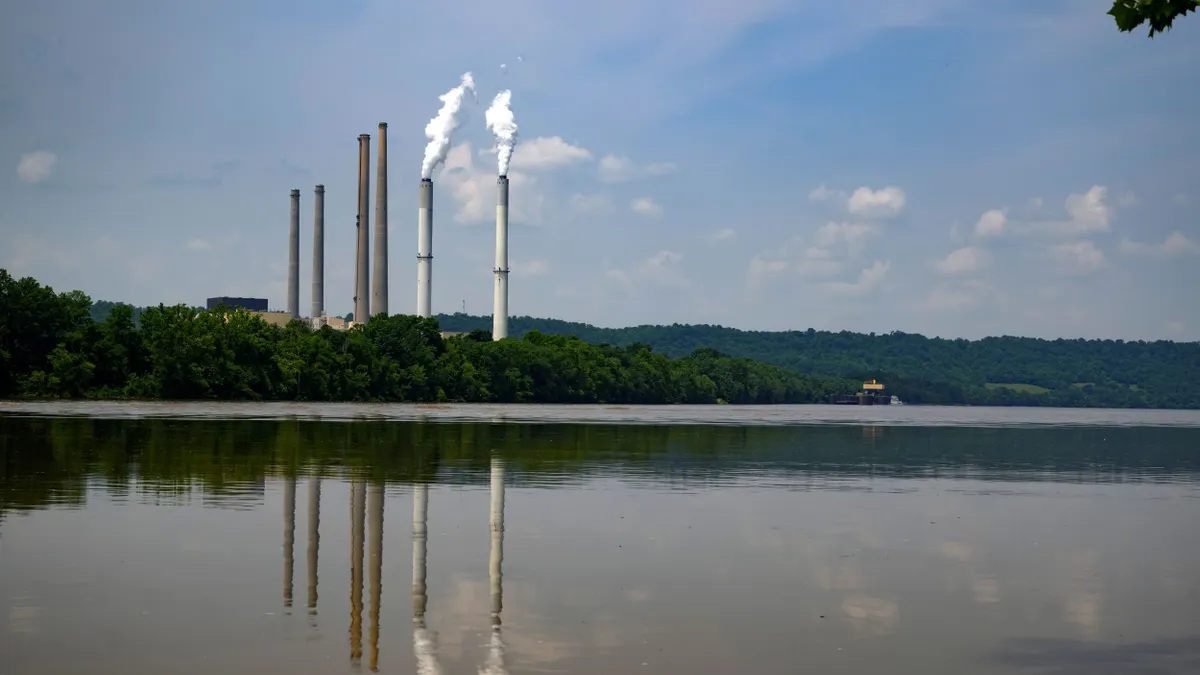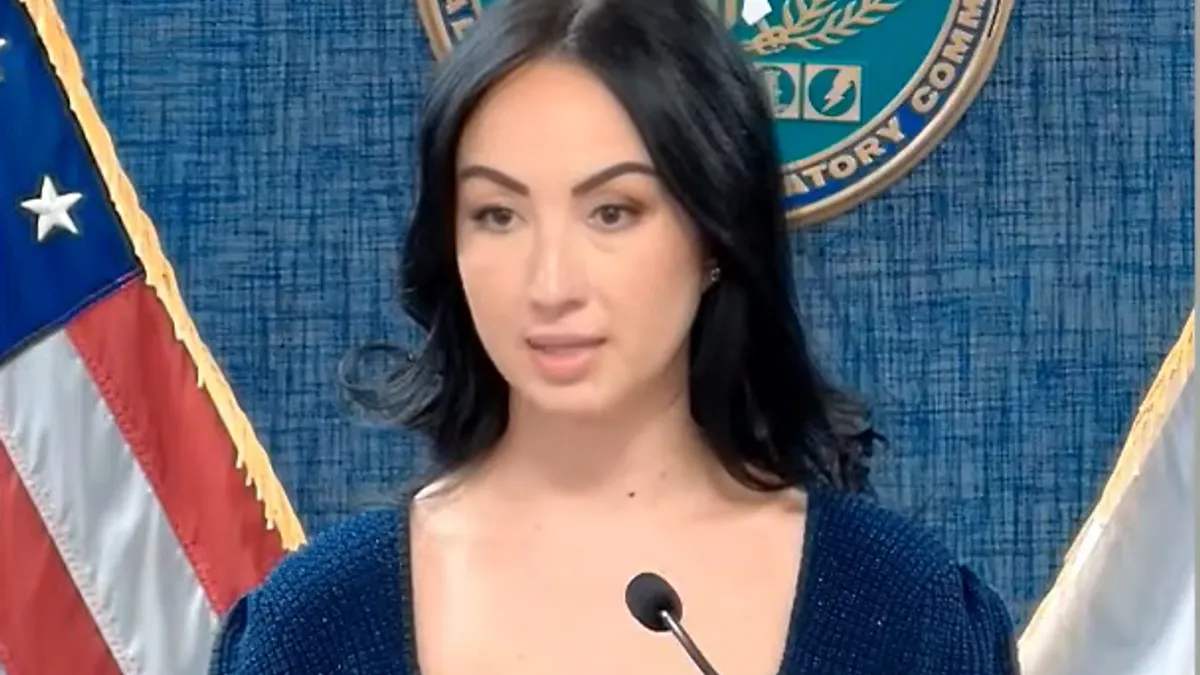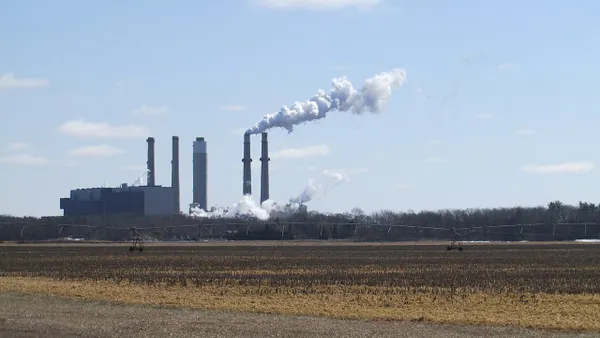SOO Green — a 2.1-GW transmission project that would link the PJM Interconnection and the Midcontinent Independent System Operator — has secured all the rights to its route by gaining a final municipal franchise agreement in Iowa, moving the project a step closer to construction, company officials said Wednesday.
The merchant transmission project aims to deliver a mix of wind and solar, smoothed out with energy storage, from Iowa to Illinois via a 525-kV high-voltage, direct current line that would run about 350 miles underground inside railroad rights of way. The bi-directional project would run between Mason City, Iowa, and Yorkville, Illinois, with converter stations at each end of the line.
The transmission project is being developed by energyRe and Copenhagen Infrastructure Partners. Partners on the project include Siemens Energy, Jingoli Power, Prysmian Group and PPL Corp.
The SOO Green has been under development for about 12 years, but its developers contend it can help ease emerging issues in the Midwest region, including data center growth in the Chicago area, rising electricity prices and resource adequacy concerns.
“The antidote for all these challenges is you’ve got to connect more generation resources to the market to alleviate the shortages, create less pressure on prices, deal with a reliability issue and maintain reserve margins so the lights stay on,” David Pacyna, SOO Green HVDC Link CEO, said in an interview. “Transmission is a very important piece of that.”
The project could lower electric bills in the Commonwealth Edison footprint in the Chicago area by more than $5 a month, according to Pacyna. The power line would also reduce bills for Ameren Illinois customers, he said.
SOO Green “opens up low-cost resources that exist in Iowa to be available into the PJM market, and creates some downward pressure on both the capacity and energy market,” Pacyna said.
The project would be under PJM’s control, allowing the grid operator to deliver power into MISO during extreme weather conditions, said Raj Rajan, vice president of project development at SOO Green.
HVDC technology can be controlled like a power plant and dispatched instantaneously, which would help PJM meet real-time needs in its western zone, Pacyna noted.
Potentially, the project could start operating in late 2031 to mid-2032, depending on various factors, including supply chain issues, according to Pacyna.
The SOO Green developers plan to soon submit their final documentation for an environmental permit from the U.S. Army Corps of Engineers.
With a 10-foot corridor, the project will have relatively little effect on the environment and is eligible for the Army Corps’ Nationwide Permit program, which has a six to nine month permit review process, Rajan said.
One of the project’s hurdles is getting interconnection approval from MISO and PJM, according to Pacyna. The MISO process is relatively straightforward and SOO Green intends to time the MISO interconnection review to match up with a review at PJM, he said.
SOO Green eyes PJM State Agreement Approach
Given the more complex PJM approval process, SOO Green is working to collaborate with parties in Illinois, such as the Illinois Commerce Commission, so the project could enter into PJM’s State Agreement Approach, which allows a state to propose and pay for transmission upgrades it needs to meet its energy goals, Pacyna said. New Jersey used the SAA to develop transmission lines to support its offshore wind goals.
SOO Green expects the review process would be faster than PJM’s standard interconnection review for a merchant transmission project, he said.
Under the SAA framework, Commonwealth Edison customers would pay for the transmission line over time, according to Pacyna. However, because it would deliver lower cost power from MISO into Illinois, even with the cost of the line, analysis shows customer rates would fall by more than $5 a month, he said.
Also, data centers could enter into power purchase agreements with resources in Iowa via the SOO Green project, reducing the share of the project dedicated to ComEd, Pacyna said.
SOO Green is urging Illinois lawmakers to support changes to state energy law that would allow transmission projects to garner state support through its Renewable Energy Access Plan. An omnibus energy bill is up for consideration during a “veto session” that runs from Oct. 14 to Oct. 30.
During a Sept. 18 hearing held by the Illinois Senate Energy and Public Utilities Committee on the legislation, Pacyna said lawmakers should give the ICC authority to work directly with PJM and MISO so that resources outside Illinois can secure capacity accreditation in “a reasonable manner” to meet state energy goals.



